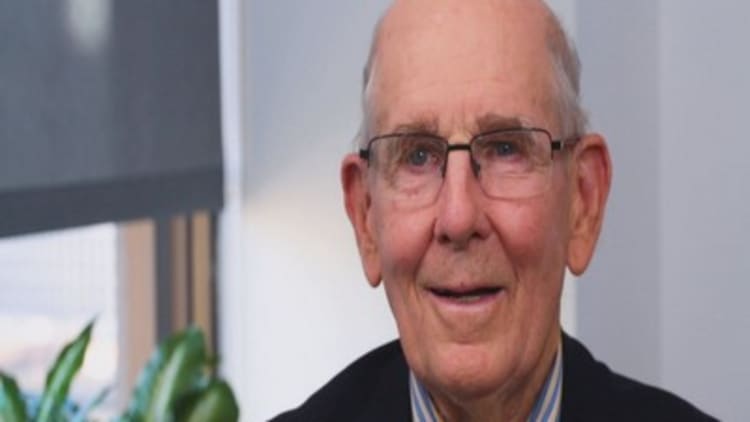A few months ago, I laid out a simple thesis concerning the Federal Reserve. First, I argued that the Federal Reserve's monetary policy was too tight. There were too many interest rate hikes over a short period of time and the magnitude of the increases would harm business. Moreover, the shrinking of the Fed's balance sheet was slowing the growth of the nation's money supply to less than half its normal rate (3.00 percent vs. 6.25 percent).
The second element in the theory was that President Donald Trump would be outraged by the Fed's actions and he would strongly object forcing the Fed to reverse course. The justification for this view was that the founders of the Federal Reserve never envisioned it to be an independent agency and most Presidents in the post World War II period lobbied hard to influence Fed decisions.
Moreover, I pointed out that this President had changed the leadership of every government agency related to bank regulation replacing what I would call "hard liners" with men and women more congenial to what was believed to be a pro-business approach to banking. The acronyms for the agencies that saw a leadership change are: FSOC, FRB, FDIC, OCC, CFPB, CFTC, NCUA, SEC, Labor, and soon the FHFA. The point here was the President demanded and obtained changes that he believed would facilitate his economic programs.
Powell paused
I also pointed out that the concept of a "neutral interest rate" was a Fed public relations farce. This argument was made because since July of 1954, there has never been any evidence that the Fed, nor anyone else, established factual evidence that a neutral interest rate ever existed.
Wednesday, at the New York Economic Club, Federal Reserve Chairman Jerome Powell certified the theory. He suggested that the Federal Reserve might look at interest rates a bit differently. He implicitly dramatically lowered his belief as to what the true neutral interest rate is and he suggested that it might make sense for the Fed to pause awhile (presumably in 2019) to determine what the effects of recent monetary policy have been.
There are two messages in what Mr. Powell said. The first is that the Fed has clearly caved in to the President's wishes putting it in line with all of the other banking regulatory agencies. The second is that what I believe has been draconian monetary policy might be eased.
Closer than Nixon's Fed
In terms, of the first message it is clear that this Federal Reserve has a strong allegiance to President Trump. My assumption is that it might even be closer than Richard Nixon's Fed was to him during his Presidency. President Trump has nominated four of the five current members of the Federal Reserve Board to their current positions – including Mr. Powell. Repeating, he has already placed people who have congenial views to his in every governmental agency that has any relationship to banking.
He expects his nominees to act in a fashion that facilitates his economic agenda and they are doing so. The pressures on banks have eased meaningfully since the days of the hardliners when banking was being de facto nationalized.
The second message from Mr. Powell's speech is that the Fed may ease its pressure on the financial system (and abandon the concept of a neutral rate). It should be understood that this Fed was involved in more than just raising interest rates. It was fundamentally changing its core policies as shown in the past three decades.
In the prior period, the Fed had made money available in large amounts at unusually low interest rates when needed. The Powell Fed was reducing the availability of money and raising its costs. A policy change of this magnitude requires more than five people sitting behind closed doors making decisions. It requires a much broader discussion and hopefully that will happen.
At the moment though the game has changed and the Fed has removed itself from a central position in the economic debate. Whether this is positive or not remains to be seen.
WATCH: How the Fed could cause the next recession, according to Gary Shilling


